
How to distinguish animals that look quite similar. Rules of thumb and helpful background information.
- Subject:
- Life Science
- Zoology
- Material Type:
- Reading
- Date Added:
- 01/02/2019

How to distinguish animals that look quite similar. Rules of thumb and helpful background information.
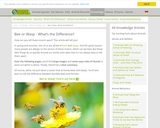
How to distinguish animals that look quite similar. Rules of thumb and helpful background information.
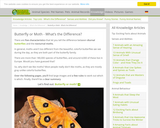
How to distinguish animals that look quite similar. Rules of thumb and helpful background information.
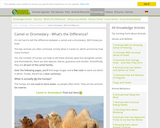
How to distinguish animals that look quite similar. Rules of thumb and helpful background information.
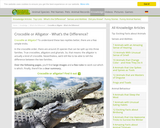
How to distinguish animals that look quite similar. Rules of thumb and helpful background information.
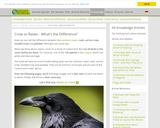
How to distinguish animals that look quite similar. Rules of thumb and helpful background information.
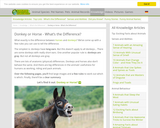
How to distinguish animals that look quite similar. Rules of thumb and helpful background information.

The 12th grade learning experience consists of 7 mostly month-long units aligned to the Common Core State Standards, with available course material for teachers and students easily accessible online. Over the course of the year there is a steady progression in text complexity levels, sophistication of writing tasks, speaking and listening activities, and increased opportunities for independent and collaborative work. Rubrics and student models accompany many writing assignments.Throughout the 12th grade year, in addition to the Common Read texts that the whole class reads together, students each select an Independent Reading book and engage with peers in group Book Talks. Language study is embedded in every 12th grade unit as students use annotation to closely review aspects of each text. Teacher resources provide additional materials to support each unit.

Who decides who among us is civilized? What rules should govern immigration into the United States? Whom should we let in? Keep out? What should we do about political refugees or children without papers? What if they would be a drain on our economy?
ACCOMPLISHMENTS
Students read William Shakespeare’s play The Tempest and write a short argument about who in the play is truly civilized.
Students participate in a mock trial in which they argue for or against granting asylum to a teenage refugee, and then they write arguments in favor of granting asylum to one refugee and against granting it to another.
Students read an Independent Reading text and write an informational essay about a global issue and how that relates to their book.
GUIDING QUESTIONS
These questions are a guide to stimulate thinking, discussion, and writing on the themes and ideas in the unit. For complete and thoughtful answers and for meaningful discussions, students must use evidence based on careful reading of the texts.
What role do national identity, custom, religion, and other locally held beliefs play in a world increasingly characterized by globalization?
How does Shakespeare’s view of human rights compare with that in the Universal Declaration of Human Rights?
Who is civilized? Who decides what civilization is or how it’s defined?
How do we behave toward and acknowledge those whose culture is different from our own?

What are the conventions for citing quotations from a play? You will guide students through the rules, and they’ll have one more chance to proofread their essays. Students will reflect on the Guiding Questions. Then they will select their Independent Reading books.
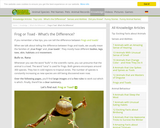
How to distinguish animals that look quite similar. Rules of thumb and helpful background information.

Students will use gumdrops and toothpicks to create the tallest Christmas tree. This is a fun and educational activity which encourages students to use math and engineering skills.
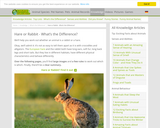
How to distinguish animals that look quite similar. Rules of thumb and helpful background information.

For this project, students will learn about the community around them and will learn how to make a difference
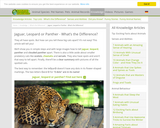
How to distinguish animals that look quite similar. Rules of thumb and helpful background information.
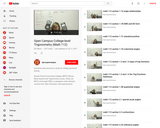
These Trigonometry lecture videos coterminal angles, trig functions, quadrantal angles, special acute angles, co-functions, finding theta, reference angles, trig functions, radian measure, arc length, area of a sector, graphing sine and cosine using t-table, amplitude and frequency, phase shift for sine and consine, vertical shift, tangent curve, cotangent transformations, evaluating trig identities, trig expressions, sum and difference for cosine, double and half angle identities, inverse, principal values, solving difficult trig equations, law of cosines, area of a triangle, and vectors and bearing.